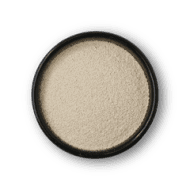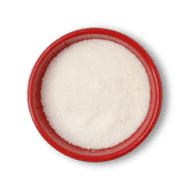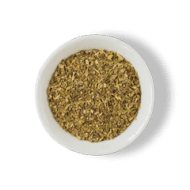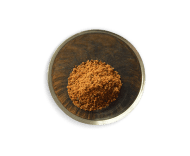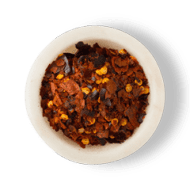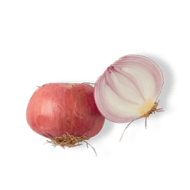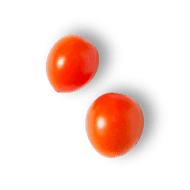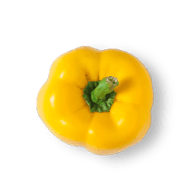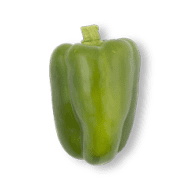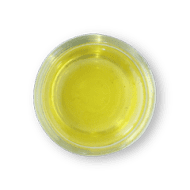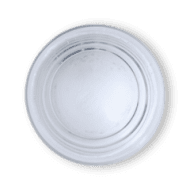Meet Focaccia, a Bread Italians Love
The story of Focaccia goes back to ancient France, where a flatbread was baked on hearth using fire. The bread was dotted with needles, and patterns were meshed into it. A knife was used to draw out moisture, and focaccia evolved in design over the centuries. The town of Voltri made a softer version of the bread while families in Liguria created their own spin from the basic focaccia bread recipe.
The best part about focaccia bread is that you can enjoy it as an appetizer. It’s designed to be eaten before pizzas and goes stale fast. Focaccia bread variations may be sweet, salty, savoury, and the taste totally depends on the combination of ingredients you incorporate. If you’re baking classic focaccia bread, you just need salt, flour, water, yeast, and olive oil. For a light and airy texture, let the dough rise for longer periods of time. Focaccia lovers enjoy playing around with the shape of the dough and top it with oodles of cheese because it makes the bread simply delicious.
In Easter celebrations, the Italians brush the bread with sugar and butter, putting a sweet spin to the traditional recipe. Traditional bread preparations involve using salt and olive oil for the coating. Those who enjoy focaccia often sometimes prefer baking with durum wheat flour. You can top focaccia loaves with rosemary, tomatoes, and salt for enhanced taste. Herbs and seasoning go well with focaccia bread slices, and the interiors are designed to be soft. Focaccia has a long history that goes back to ancient Greek culture, and it introduced the concept of pizzas in modern cuisines after getting morphed. However, throughout history, it has remained a classic, with the basic recipe staying unchanged.
Many Italian households started modifying the recipe, and in other parts of the world, the focaccia recipe was sweetened with ingredients like raw honey, sage, and cheeses. Sugar, lemon juice, and orange peels are other ways to naturally sweeten the bread with toppings. Kids enjoy using heavy cream and bacon bits on their whole wheat focaccia for filling school lunches.
“Sweet focaccia bread is dimpled with raisins and honey!”
Tale of the Focaccia
Evidence of focaccia bakeries is found in the ancient chapters of history. It was believed that the focaccia was first baked after the destruction of Pompeii and later evolved into a pizza. The Romans and Italians alike enjoyed focaccia for supper and enjoyed it as an evening snack. The traditional recipe was baked using eggs and castor sugar, while modern spins included premium ingredients. Focaccia has a light and airy texture and is about two to three centimetres in thickness. If you stretch it to 11-inches and bake it in a woodfire oven, you can instantly turn it into a pizza.
Many prefer washing down their focaccia with drinks and enjoying it alongside desserts. For those who are gluten-intolerant or have dairy allergies, there are vegan options available when it comes to the recipe. The Italian focaccia bread recipe can be complemented with
Italian seasoning, but you can learn
how to make white sauce if you’re thinking of pairing the bread with pastas. There are no golden rules to baking focaccia, but if you brush olive oil generously, the crust turns golden brown at least.
“All sorrows are less with bread.”
–Miguel de Cervantes, Don Quixote
Eat Focaccia for Fiber
Adequate fibre intake is missing from Standard American Diets, and the focaccia does an excellent job of filling in the gaps. Whole wheat focaccia recipe is a great choice for complex carbohydrates and is perfect for making hearty breakfasts. The carbohydrates in focaccia bread boost metabolism and provide a nice supply of B vitamins. Proteins in the bread produce energy and help in repairing muscle tissues.
B vitamins are crucial for optimal brain health and for staving depression. One of the reasons the bread has high amounts of B-vitamins is because of the addition of nutritional yeast in the dough. You can enjoy focaccia bread with a hot cup of cappuccino, plain yoghurt, or blue cheese on the side. Italian restaurants serve the bread as complements to minestrone soups. For those who cannot tolerate gluten, making focaccia bread using gluten-free flour is another option. Italian focaccia recipe has moisture, but some variations make it more fried. You can add garlic or basil to your leaves or garnish with rosemary herbs. There is no right or wrong way to bake focaccia, and you can transform the bread into sandwiches. Go wild in the kitchen and start eating healthier by learning how to make focaccia bread today. An easy focaccia recipe is the pizza and focaccia bread which combines the best of both worlds. Diehard pizza enthusiasts find that homemade focaccia pizza hits the spot by satisfying their junk food cravings in a healthy way. It literally takes minutes to make, and you can find countless variations of the focaccia pizza recipe online.
Focaccia is one of the easiest breads to make, and it doesn’t take a genius to figure out how to modify the recipe. You can incorporate mashed potato in the dough, add veggies, and really get creative with the toppings. You may find it difficult to knead the dough until you raise it four times. Proofing and folding are two techniques culinary experts recommend doing in order to make the gluten in these breads develop well.
If you’re having a hard time digesting whole wheat flour, you can consider baking focaccia using ingredients like sourdough or spelt flour. Focaccia bread uses aren’t just limited to Easter celebrations, and many families enjoy baking these breads for birthdays and special occasions. Tomato and oregano juices seep into the loaf and enhance flavour. Take care not to overcook the garlic pieces since nobody wants bitter-tasting focaccia.
“If bread is the first necessity, recreation is a close second.”
–Edward Bellamy



